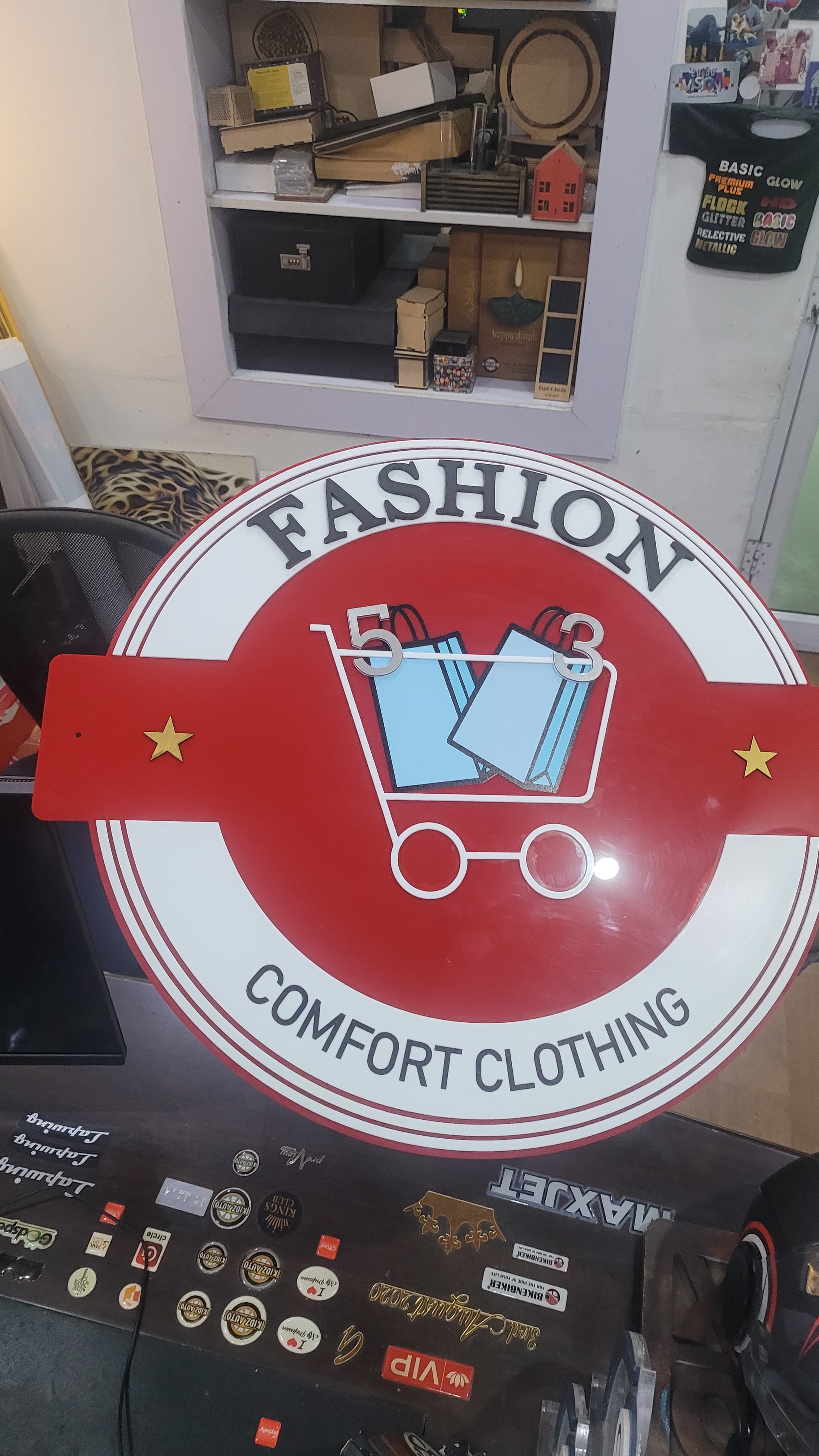PVC Sticker Manufacturing
Introduction
Polyvinyl Chloride (PVC) stickers are a versatile and popular choice in the printing and branding industries due to their durability, flexibility, and adaptability. These stickers are used for a wide range of applications, from advertising and labeling to decorative purposes and product branding. The manufacturing process of PVC stickers involves several stages, each contributing to the final quality and functionality of the product.
Materials and Preparation
The primary material for PVC stickers is PVC film, which is known for its resistance to water, chemicals, and environmental conditions. PVC film is available in various finishes, including glossy, matte, and transparent. The manufacturing process begins with selecting the appropriate PVC film based on the desired characteristics of the final sticker.
Before production, the PVC film undergoes a series of preparations. This includes cleaning the surface to remove any dust or impurities, ensuring that the stickers adhere properly during application. Additionally, the film may be treated or coated to enhance its adhesive properties or to improve print quality.
Design and Printing
The next step in PVC sticker manufacturing is the design and printing phase. Modern sticker production utilizes digital printing technology, which allows for high-quality, full-color designs. The design is created using graphic design software and then transferred to a digital printer.
Digital printers use specialized inks that are compatible with PVC film, ensuring vibrant and long-lasting prints. The printing process involves layering ink onto the PVC film, with each layer contributing to the final design's depth and richness. For larger production runs, flexographic printing may be used, which involves creating a printing plate for more cost-effective and efficient large-scale printing.
Cutting and Shaping
Once printed, the PVC stickers are cut and shaped according to the design specifications. This is typically done using cutting machines or plotters that can precisely cut the stickers into various shapes and sizes. For intricate designs, die-cutting machines are used to achieve detailed and complex shapes.
Lamination
To enhance durability and protect the printed design, the stickers are often laminated. Lamination involves applying a protective layer over the printed PVC film. This layer can be either glossy or matte, depending on the desired finish. Lamination helps to shield the stickers from scratches, UV light, and other environmental factors, thereby extending their lifespan.
Adhesive Application
The adhesive is a crucial component of PVC stickers, as it determines how well the sticker adheres to different surfaces. There are various types of adhesives used, including permanent, removable, and repositionable options. The adhesive is applied to the back of the PVC film, and a release liner is added to protect the adhesive until the sticker is ready for application.
Quality Control
Quality control is an essential part of the manufacturing process. Each batch of PVC stickers is inspected to ensure that it meets the required standards. This includes checking the print quality, adhesion strength, and overall appearance of the stickers. Any defects or inconsistencies are addressed before the stickers are packaged and shipped.
Packaging and Distribution
Once the PVC stickers pass quality control, they are packaged for distribution. Packaging is designed to protect the stickers during transportation and handling. The stickers are usually bundled in sheets, rolls, or individual pieces, depending on the order specifications.
Conclusion
The manufacturing of PVC stickers involves a series of carefully coordinated steps, from material preparation and design to printing, cutting, and packaging. Each stage plays a vital role in ensuring that the final product is high-quality, durable, and visually appealing. As technology advances, the process continues to evolve, offering even more possibilities for customization and application in various industries.
